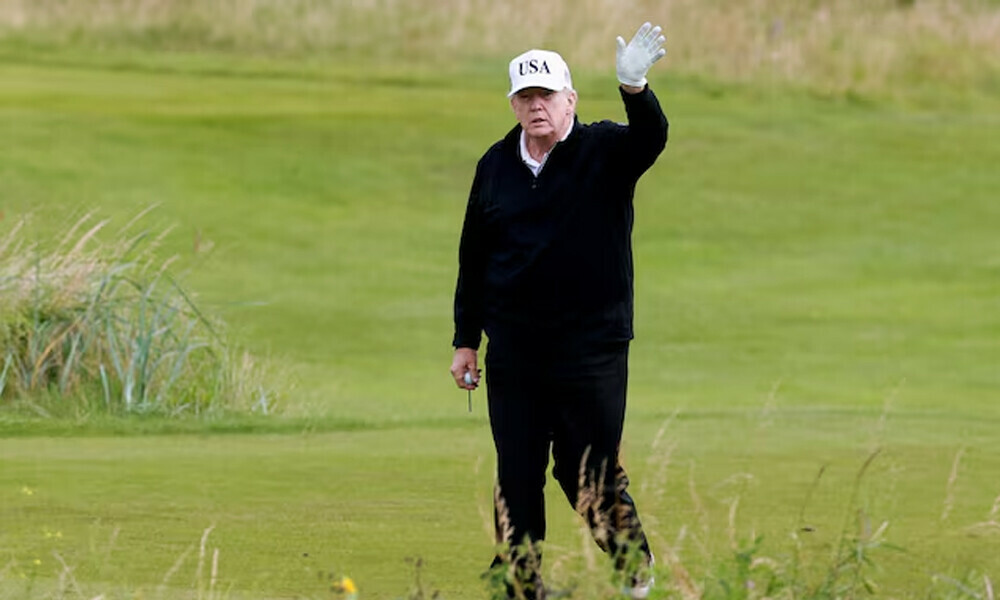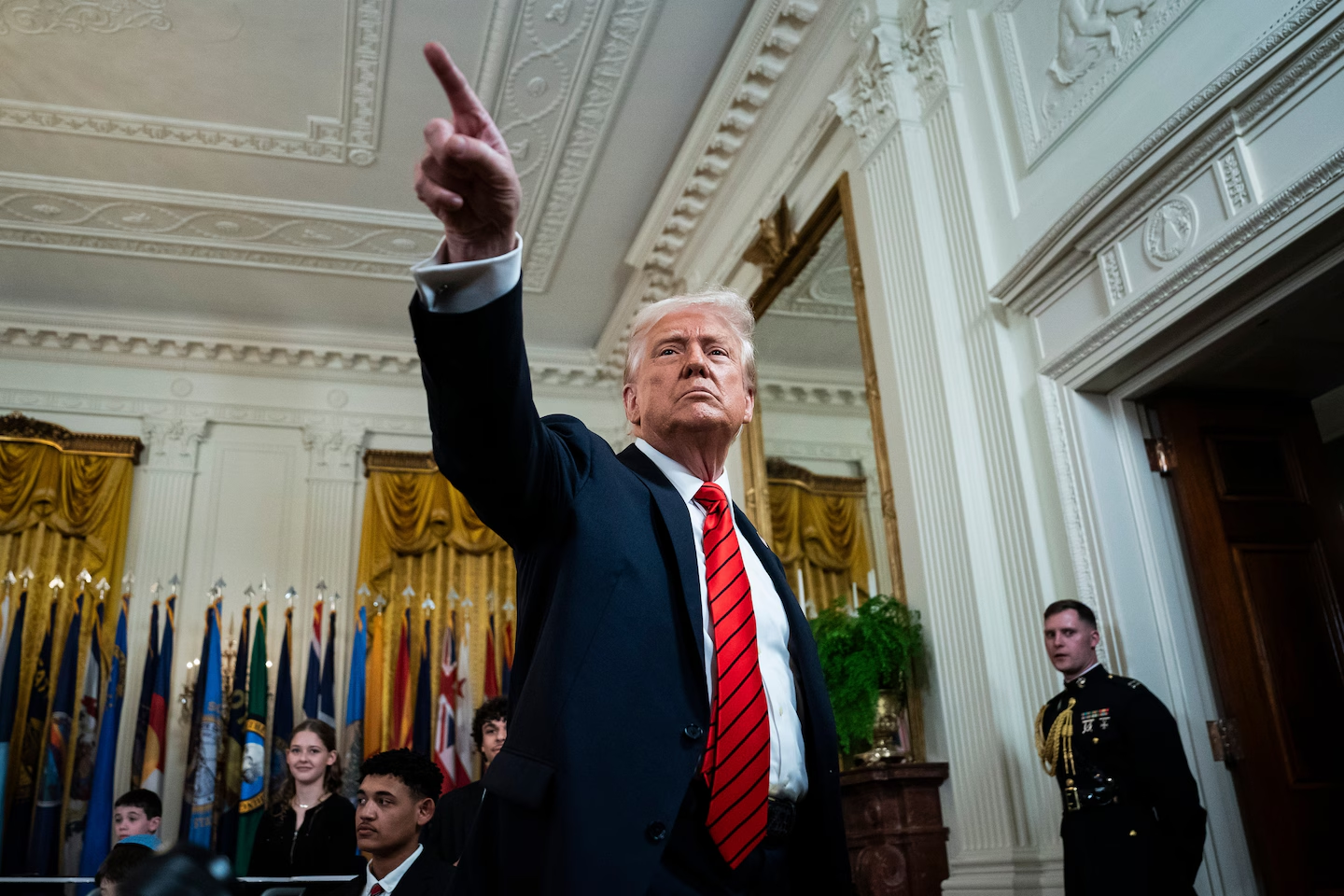In a surprising yet strategic move that could reshape the global trade landscape, former U.S. President Donald Trump and European Commission President Ursula von der Leyen have jointly announced a new U.S.-EU trade framework. The announcement, which came after months of behind-the-scenes negotiations and speculation, marks a turning point in transatlantic economic relations. It aims to reduce trade tensions, streamline regulatory cooperation, and pave the way for mutual economic growth across both sides of the Atlantic.
The framework announcement took place at a high-profile meeting held in Brussels, where Trump and von der Leyen appeared side-by-side to present the details of what they described as “a balanced, fair, and forward-looking trade agreement.” The move is being interpreted as a significant diplomatic victory for both leaders, especially given the rocky history of U.S.-EU trade discussions during Trump’s previous term in office.
The New Framework: Key Elements
The newly unveiled framework focuses on five major pillars:
-
Tariff Reduction and Elimination: One of the central goals of the agreement is the reduction or complete elimination of tariffs on key goods. This includes industrial products, medical supplies, and some agricultural items. Both sides have pledged to avoid imposing any new tariffs as part of the deal, signaling a commitment to open markets and cooperative engagement.
-
Digital Trade and Technology Cooperation: With the global economy increasingly dependent on digital infrastructure and innovation, the framework includes a dedicated section on digital trade. The two parties have agreed to jointly develop standards for emerging technologies such as artificial intelligence, cybersecurity, and data privacy. These standards aim to promote ethical technology use and prevent fragmentation in digital regulations.
-
Regulatory Alignment and Transparency: A major barrier in past U.S.-EU trade negotiations has been the differences in regulatory approaches. This framework addresses those concerns by establishing transatlantic regulatory councils tasked with improving mutual recognition of standards in sectors such as pharmaceuticals, environmental safety, and food products.
-
Climate and Sustainable Trade Initiatives: For the first time in a U.S.-EU trade pact, climate-related goals have been integrated into the agreement. Both leaders expressed their commitment to promoting green technologies, reducing carbon emissions in trade operations, and fostering investment in sustainable energy.
-
Dispute Resolution Mechanisms: To minimize trade conflicts, the framework includes updated mechanisms for resolving disputes in a timely and structured manner. This component is aimed at avoiding protracted trade wars and establishing a neutral platform for conflict arbitration.
A Political Win for Both Leaders
For Trump, the announcement serves as a pivotal foreign policy win, especially as he eyes a potential return to the White House. His previous administration was known for its confrontational approach to global trade, particularly targeting European car exports and dairy subsidies. The new framework allows him to present himself as a pragmatic leader capable of engaging in complex negotiations and securing results without resorting to tariffs or trade wars.
On the other hand, for Ursula von der Leyen, the deal is a diplomatic coup. It signals Europe’s willingness to strengthen ties with the U.S. while maintaining its strategic autonomy. By securing favorable terms without compromising EU principles—especially regarding environmental standards and consumer protections—von der Leyen can position herself as a capable and forward-thinking leader on the global stage.
Reactions from Stakeholders
The announcement has drawn mixed reactions from industry leaders, politicians, and trade analysts.
In Washington, business groups such as the U.S. Chamber of Commerce hailed the deal as a “landmark opportunity” to deepen economic ties and unlock new markets. European industry bodies echoed similar sentiments, particularly praising the agreement’s emphasis on regulatory cooperation, which could reduce red tape and compliance costs.
However, not everyone is satisfied. Some labor unions on both sides of the Atlantic have raised concerns about job displacement and potential wage pressure resulting from increased competition. Environmental advocacy groups are also closely watching the implementation of climate provisions, expressing skepticism about whether the lofty goals will translate into real action.
Economic Implications
Economists are cautiously optimistic about the new framework’s potential to boost trade flows and investment. The EU and the U.S. together account for nearly half of the global GDP, and enhanced cooperation between the two could create ripple effects across global supply chains. Analysts forecast increased exports in high-tech sectors, pharmaceuticals, and agricultural goods, potentially adding billions to both economies annually.
Moreover, the framework might serve as a template for other bilateral or multilateral trade deals, especially in a world still recovering from the economic consequences of the COVID-19 pandemic and geopolitical tensions.
Strategic and Geopolitical Dimensions
Beyond economics, the U.S.-EU trade framework also has strategic implications. By aligning more closely on digital, regulatory, and climate issues, the U.S. and EU are positioning themselves as a counterweight to China’s expanding global influence. The framework signals a renewed commitment to Western cooperation at a time when global power dynamics are in flux.
Furthermore, the agreement could also influence ongoing negotiations with other partners, including the United Kingdom, Canada, and Indo-Pacific nations. It reinforces the idea that despite their differences, the U.S. and EU can find common ground when mutual interests align.
Looking Ahead
The new U.S.-EU trade framework is not a final deal but a starting point for deeper collaboration. Implementation details will unfold over the coming months, with working groups set to hammer out specifics and timelines for each policy area. Both Trump and von der Leyen emphasized that the agreement would be flexible, allowing for updates and improvements as global conditions evolve.
If successful, the framework could usher in a new era of U.S.-EU economic integration—one based not on confrontation and unilateralism but on cooperation, shared values, and mutual benefit. It is a bold step toward modernizing one of the world’s most important trade relationships, with the potential to shape global commerce for years to come.



